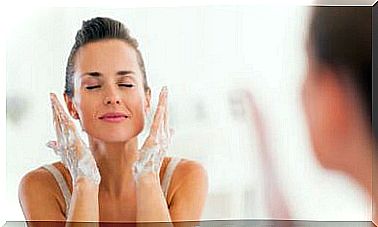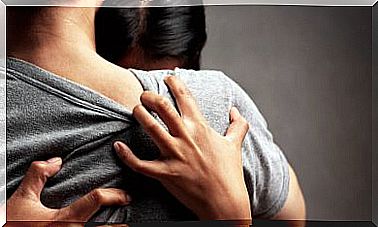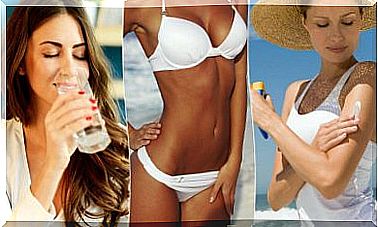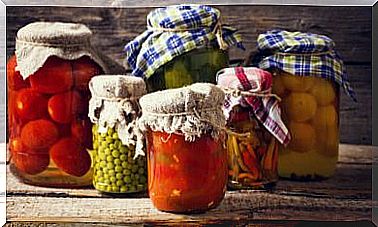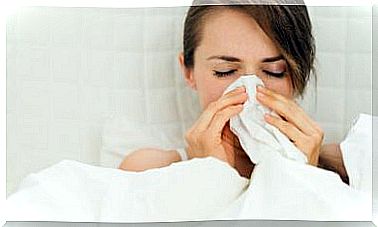Tips For Caring For The Skin Of Babies And Children In Summer
Taking care of the skin of babies and children becomes more important during the summer. Due to its delicacy, the UV rays of the sun can cause various aggressions if the necessary preventive measures are not taken.
As we well know, minors are usually more exposed to the sun at this time, since many of the activities in which they participate are outdoors. What to do to avoid burns?
Summer baby and child skin care
The summer season is one of the most anticipated of the year. However, due to the sudden change in temperature and the multiple outdoor plans, it is advisable to take extreme care, especially as regards skin health. Discover below some recommendations, aimed at protecting the skin of babies and children.
Solar protection
From 6 months of age, babies can use sunscreen as part of the measures to mitigate sun attacks. In younger babies, avoiding direct sun exposure and keeping in the shade is the best measure to avoid inconvenience.
Ideally, children should use a sunscreen whose protection factor (SPF) is equal to or greater than 50. In addition, it should have a broad spectrum of protection, which includes UVA and UVB.
On the other hand, it is advisable to control the time of sun exposure and the schedule, since the hours between 12 and 16 hours should be avoided. In this period, UV rays are more harmful.
The protectors for the care of the skin of babies and children in summer are available in several forms. Some of them are the following:
- Gels
- Creams.
- Aerosol sprays.
- Lotions.
- Ointments
- Lip balms.
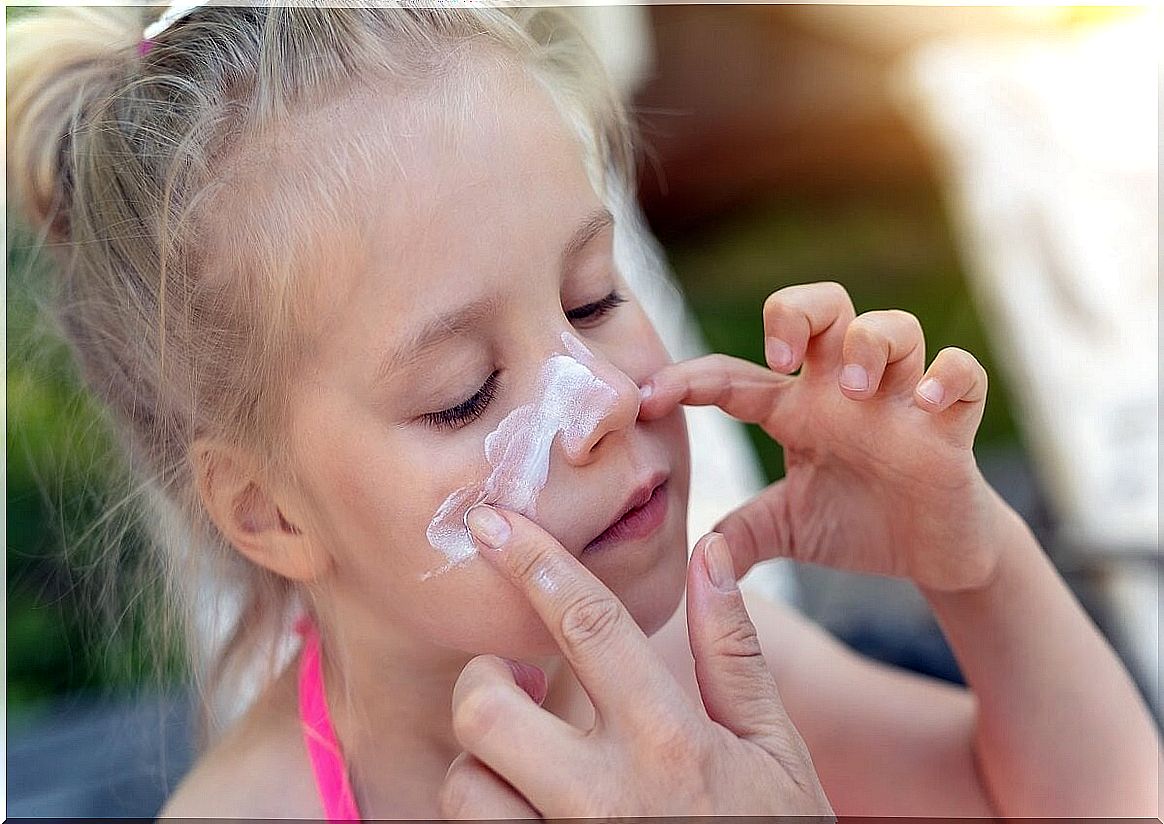
It is also convenient to check the expiration date of the product before applying it. Once opened, it lasts only one year. It should be applied to the ears, face, neck, arms and any area of the body that is not covered by clothing.
As far as possible, it is better to use it before sun exposure and repeat its application every 2 hours. In fact, the product should be used even on cloudy days, since UV rays pass through in the same way.
It is not advisable to use lotions containing p-aminobenzoic acid (PABA) , as it causes frequent allergies and permanently stains clothes. The octylmethoxycinnamate , the protector of UVB rays used for children, does not cause allergies.
You may be interested: Sunscreen according to skin type
Clothing with sunscreen
During the summer, one of the basic care to protect the skin of babies and children is to dress them in clothes that cover any part of the body that may be exposed. Keep in mind that clothing itself does not completely block UV rays; however, it can help reduce its effects.
Now, today there are textile companies that market fabrics with UV protection. They usually have a label that indicates the value of the protection factor against ultraviolet radiation (UPF) on a scale of 15 to 50 +. The higher the FPU, the more protection it provides.
It should be remembered that babies under 6 months should not be exposed to the sun for a long time, so the first option will always be to seek shade. Of course, their protection must be supplemented with physical barriers such as clothing and hats.
Insect repellent
The presence of insects should not be overlooked in spaces where summer is enjoyed. However, it is essential to remember that the mixture of repellent with sunscreen is not recommended.
The correct way is to apply the sunscreen 30 minutes before the repellent. Likewise, it is better to avoid the use of perfumes, cosmetics or any substance that has colorants, as they can cause hypersensitivity reactions and irritation.
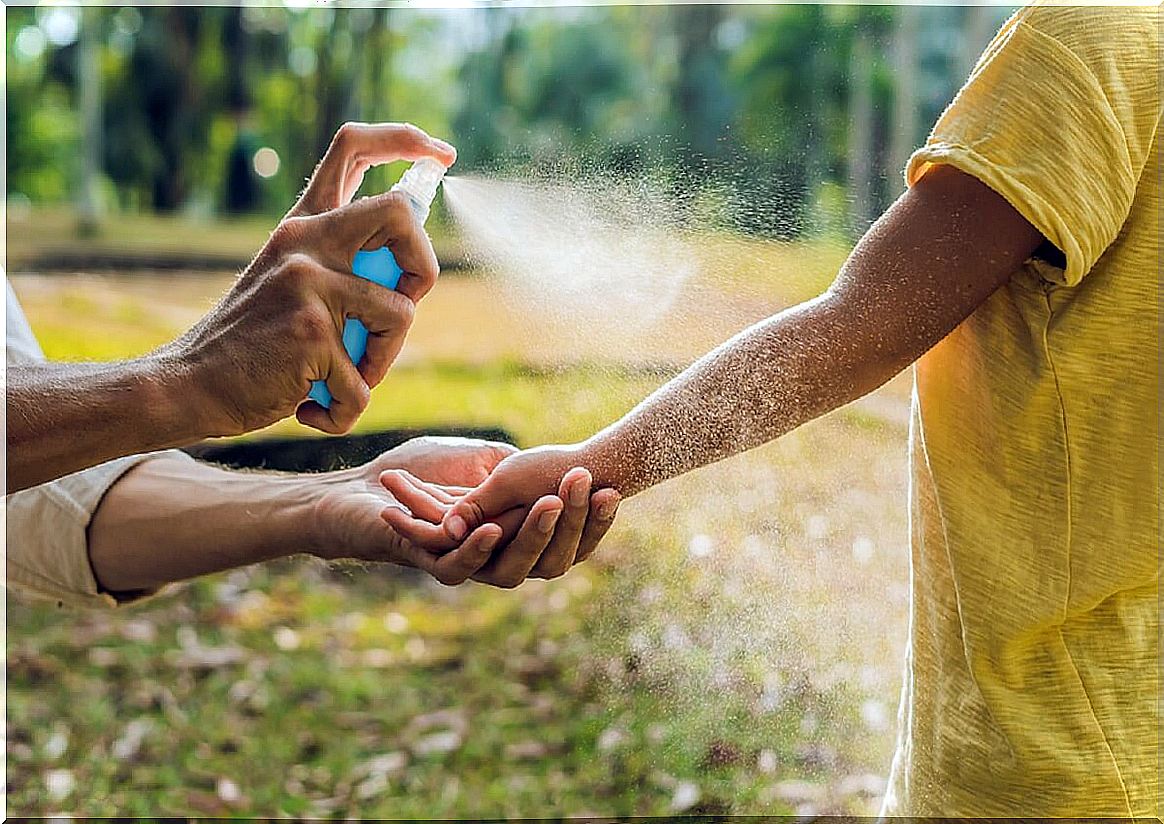
Wearing hats
Hats are good complements to mitigate the negative effects of sun exposure. According to an article published in The British Journal of Dermatology , those with wide brim are the most appropriate. They protect the ears, eyes, nose, forehead and scalp.
These areas are susceptible to damage from solar radiation, although they are sometimes overlooked. Thus, its use helps to cover more areas of the body and, together with the other measures, reduces the risk of possible heat stroke.
Also read: How to protect children from heat waves
Bathrooms and hygiene
Hygiene is essential to keep the skin barrier of minors healthy. The baths should not be long, or with warm water, so as not to cause dehydration of the skin or worsen eczema and atopic dermatitis, frequent conditions in the first years of life.
A study published in 2016 in Jornal de Pediatría recommends syndet gels and shampoos (without detergents) to avoid irritations. After each bath, apply a moisturizing lotion or cream. This is when the skin absorbs the product the most.
In summer it is essential to rinse children’s skin after going to the beach or swimming pool, to prevent chlorine and salt from drying it out. In addition, it is advisable to dry them with a clean towel, especially in the folds of the arms and knees, a place where moisture is retained, which can lead to erythema.
Taking care of the skin of babies and children in summer is important
Exposure to the sun during the summer is a pretty serious topic, especially when it comes to babies and children. It is convenient to ensure maximum protection, since there is a high risk of burns and associated complications. In addition, in the future, solar attacks increase the risk of melanoma.

